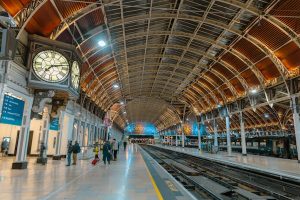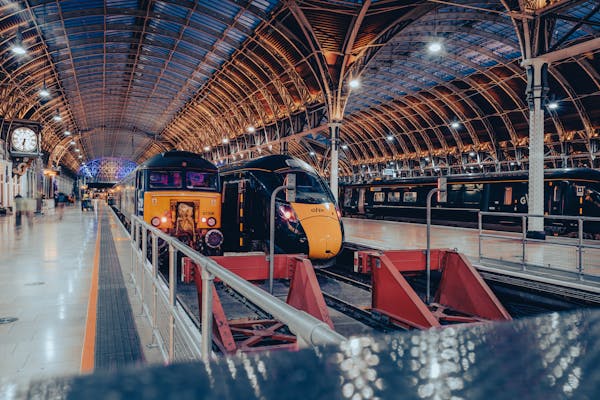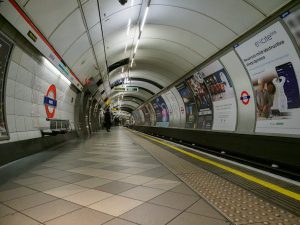Top Facts About London Railway Station
Table of Contents
London Railway Station
The city of London, which is located in United Kingdom, it has own London railway station system facilities which undertaken and successfully run by the government of UK. It has underground construction with all the advance facility to the London people and the other country peoples. Underground railway system that services the London metropolitan area. It has the advantages of the railway’s road connects and covers maximum all over the full city and it has the station stops the range between 260 meters to 6.2 kilometers maximum. The government of Uk spends more lots of cost to the railway department to maintain and implement more new ideas and plans for the growth of London railways.
Interesting facts about London railway station

- The network of tunnels or railway road extends to 249 miles. For comparison, it’s only 204 miles from Hull to London.
- The network became known as the Tube in the early part of the twentieth century. This is an abbreviation of the nickname The Two penny Tube, which was given to the Central Line because all fares cost.
- The designer of the iconic Underground map, Harry Beck, based his design on an electrical circuit diagram the London railway station born.
- The average speed on the Underground is 20.5 miles per hour, including station stops. On the Metropolitan line, trains can reach over 60 miles per hour.
- Sometimes the train speeds may increase because the latest trains and may happens or use some more new technologies in it.
- The tunnels on the Central line twist and turn because they follow the curves of London’s medieval street plan.
- There is a prevalent north/south divide on the Underground; less than 10% of stations are south of the Thames.
- The Underground was funded entirely by private companies until the 1930’s and then it will take over by the UK government.
- Alcohol was banned on the Tube and all London Transport from June 2008.
- During the three-hour morning peak, the busiest Tube station is Waterloo, with around 57,000 people entering, in that time it’s very rush for all the people because all the workers and students are using the travel by trail road. Because it’s the easiest way to travel from one place to another and also the cost of travel is little less compared with other types of travels.
- Every week, Underground escalators travel the equivalent distance of going twice around the world.
- Penalty fares were only introduced in 1994 by UK government. The penalty fares use for the development for the railway systems.
- The Jubilee Line is the only one to connect with all the other Underground Lines.
- Over 1,000 bodies lie beneath Aldgate station, which is built over a plague pit from 1665.
- The London Underground has a staggering 272 stations.
- The longest possible single journey on one train is 34 miles, between West Ruislip and Epping on the Central Line.
- During the Second World War, part of the Piccadilly line was used to store British Museum treasures.
- Around 55% of the London Underground is actually above the ground, because it can’t to joint all the tracks only in underground so some of the or half of the road tracks are connected above the ground.
- On the columns at Temple station, there are small temple-shaped emblems at the bases. It actually comes by nature.
- There are 49 abandoned ‘ghost’ stations on the network, plus North End (Bull & Bush) on the Northern Line near Hampstead, a station that was started but never completed because it became a protected area.
- The shape of north and west London was largely defined by the extension of the underground railway network.
- A team of railway enthusiasts spent 26 years researching six miles of vintage wall tiling on 94 station platforms for a book.
- Black arches are hidden in the green and cream tiling pattern at Archway station.
- Canary Wharf, home to city bankers and high-rises, serves 40 million people every year through the station, which measures the length of two football pitches.





